It is a strange world to be living in when the most exciting enthusiast car of the year is a Toyota Yaris with a three-cylinder engine. Okay, there is more to the Toyota GR Yaris than its squashed bodybuilder physique.

Underneath its inflated arches lies a bespoke three-cylinder engine and a melange of chassis parts lifted from other models. It is not exotic stuff by any measure. But thanks to the lessons learned from its successful WRC programme, the engineers at Toyota have cobbled together something genuinely special.
In essence, the GR Yaris is more than a standard Yaris with more power and posturing. It is essentially a rally-homologated special, a beefed-up rally-bred creation in the spirit of the Ford Escort Cosworth, Mitsubishi Lancer Evolution, and Subaru Impreza WRX.

The fact that the GR Yaris has a 200kW three-cylinder engine and nobody seems to bat an eye shows just how far such powerplants have come. It was not all that long ago when people bemoaned the widespread adoption of downsized four-cylinder turbocharged engines as the end of exciting cars.
The downsizing revolution

Naysayers wrote lamentations that a sea of grey and gormless metal paddled along by small wheezing engines will inundate our roads. Like many sensationalised sentiments, such grouses were unfounded. Instead, we now find ourselves living in a golden age of incredibly able and efficient cars, powered by the same buzzy little engines that pundits lambasted before.
Nowadays, triple-bangers are in everything from family hatchbacks, small SUVs, and even a supercar. It has become such a mainstay that engineers and enthusiasts are warming up to the concept.

For engineers, by dropping a cylinder brings several technical benefits. Pistons create a lot of internal friction, so one less piston means less energy wasted. On top of that, the compact size of a three-cylinder engine allows for the adoption of various CO2-cutting electrification methods. For enthusiasts, not only is the resulting engine lighter, but it also comes with a more eager and charismatic nature.

The gripe that three cylinders are not as smooth-running as one with a quartet of cylinders would still ring true. Though engineers have found ways of dampening its imbalance, whilst still retaining the more desirable odd-cylinder characteristics.
However, with the success of the three-cylinder engine, are we reaching the theoretical limit of downsizing. Can engineers do one better by dropping another cylinder to create a two-cylinder engine?
Limited utilisation of two-cylinder engines

To begin with, automotive applications of the two-cylinder engine are nothing new. Many post-WW2 working-class cars, like the Citroen 2CV, started with tiny two-cylinder engines. In the last decade, Fiat created the innovative TwinAir engine, which many hail as one of the “all-time great engines”. Outside of developed markets, many small budget cars in India also utilise small two-cylinder engines.
More recently, Porsche toyed with the idea of a twin-pot equipped Porsche 904 Living Legend concept. The concept, based off the Volkswagen XL Sport concept, featured a 1.2-litre Ducati L-twin motorcycle engine.

Although the concept car got commentators excited for a sub-Boxster model, it was never going to work with a motorcycle engine for the same reason a dingo is not going to play ball the same way as your beloved dachshund.
Despite what engineers are achieving with the three-cylinder engine, going a cylinder short might be a downsize too far. Case in point is the TwinAir engine, the only two-cylinder engine offered in a mainstream car for Europe.
Fiat Twinair – the darling of efficiency…on paper

For all the praise lavished upon the TwinAir, it isn’t without its shortcomings. To squeeze as much power and efficiency out of it, engineers at Fiat had to fit the TwinAir with its proprietary hydraulically actuated variable valve timing.
It sure did make the TwinAir one of the most sophisticated engines on the market, but also not a very affordable one at that. Technical challenges aside, it was the little engine’s touted fuel efficiency that became its most contentious attribute.
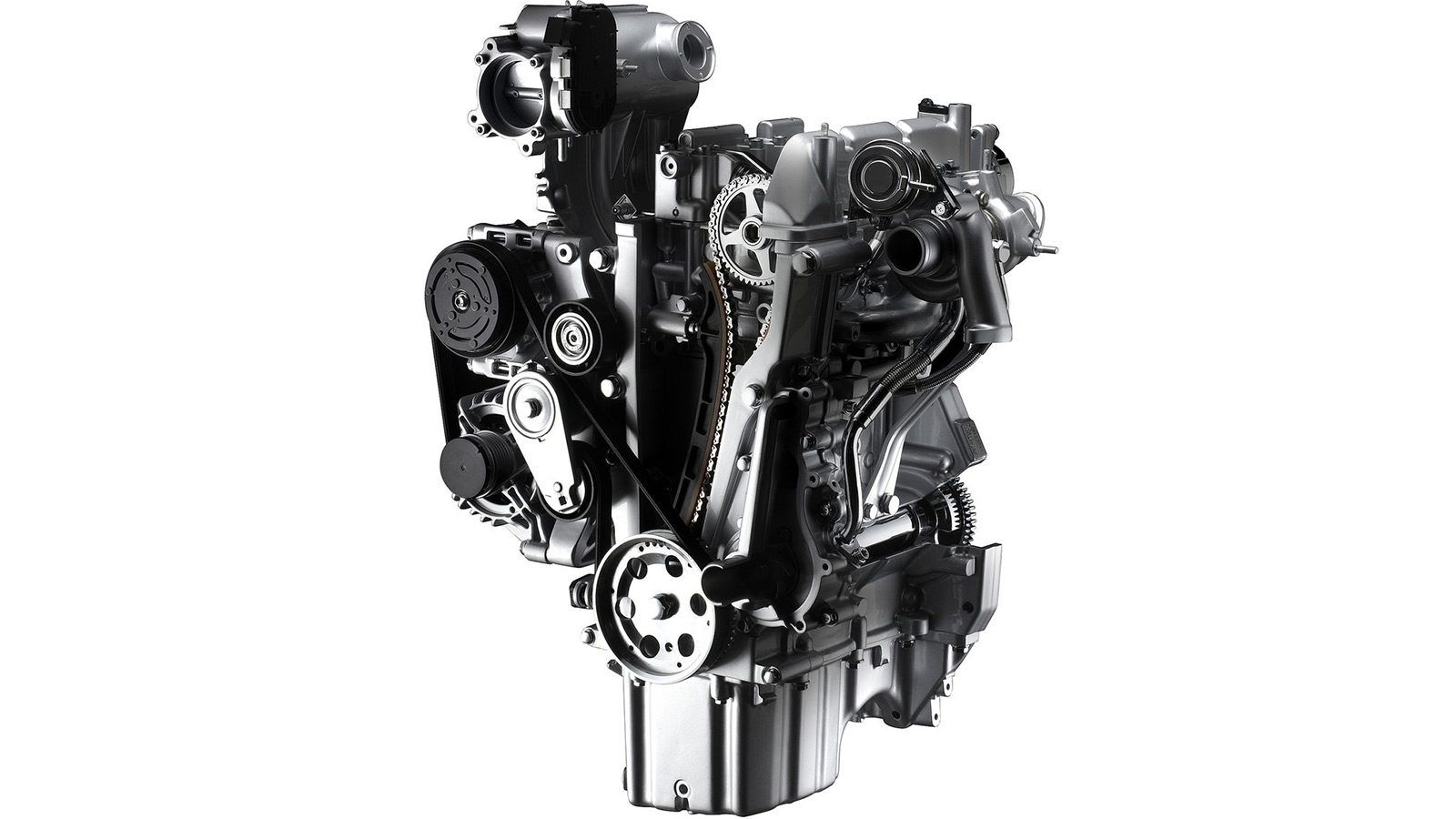
Though it is very efficient on paper, reviewers were never able to get anywhere close to its rated consumption figure in the real world. In reality, many reviewers found that the engine was returning fuel consumption figures that were double its official NEDC rated figure.
Incredibly, many testers found the two-cylinder unit to be thirstier than the naturally-aspirated 1.2-litre engine option. Not as though the yawning gap between published results and real-world figures was anything radical at the time.
How engines gamed the system?

For years, many were well aware of the inherent disparity. Though, most justified the NEDC methodology as a yardstick in fuel efficiency testing, and not to be treated as gospel. It is a standardised laboratory test meant to give consumers an objective basis to compare fuel consumption figures between models. Not a 100 per cent accurate representation of the real world and all its variables.

Nevertheless, as industry analysts began collecting real-world data it was clear something was amiss. It was not long till a common trait emerged amongst the engines that were promising more than it was delivering in terms of fuel efficiency – it was all downsized turbocharged engines. And the TwinAir was one of the worst offenders.
It did not take long for analysts to find the culprit – the NEDC methodology itself. While the NEDC simulated various speeds in a laboratory, it never used heavy throttle applications.

By accelerating gradually to hit a targeted velocity, the laboratory test never forced turbocharged engines – that depended on boost to deliver its horsepower marketing headline – to spool up. Brilliant! So long as the turbos weren’t blowing, these engines were as blameless as a saint.
The WLTP correction
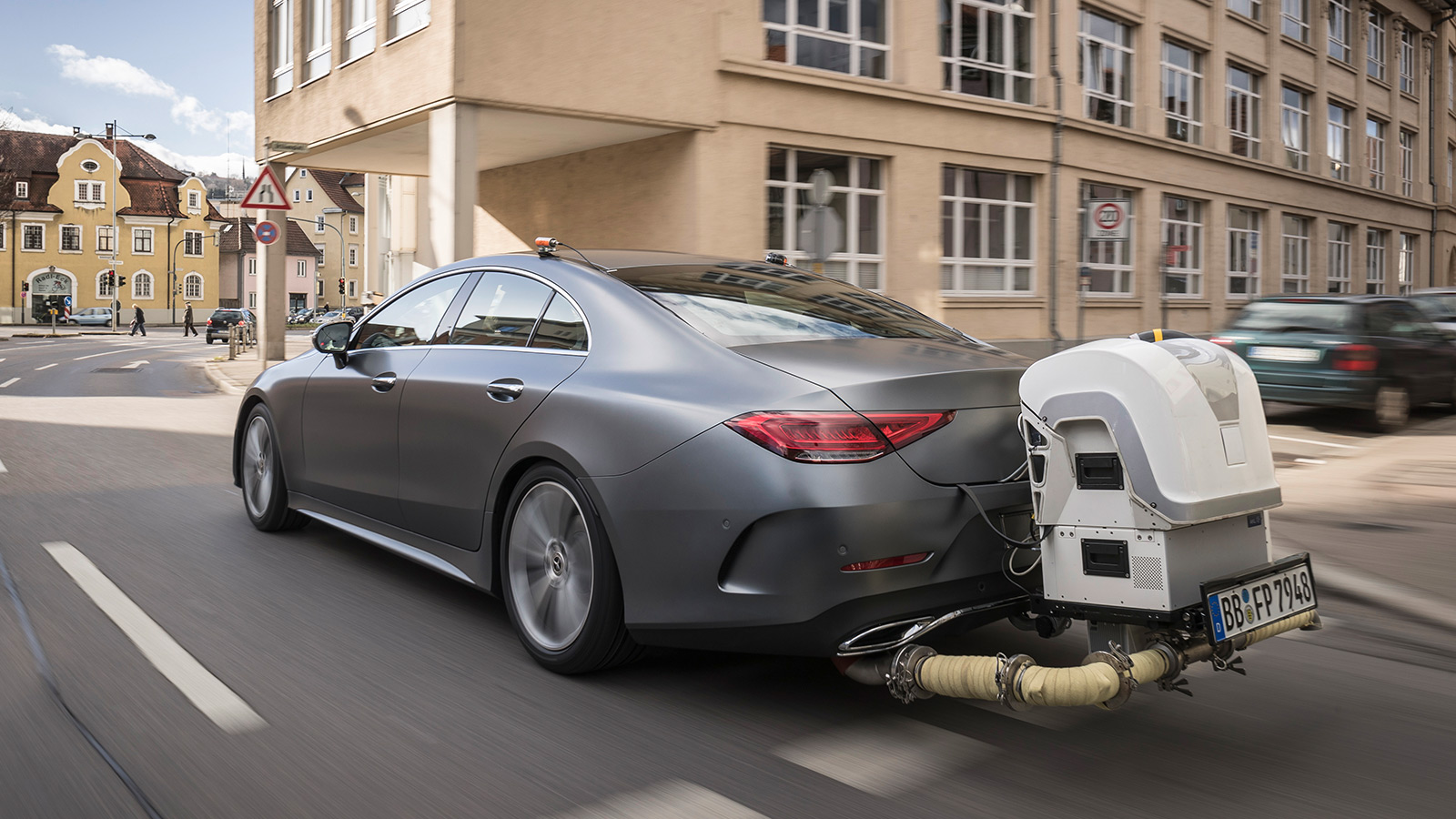
When the European Union threw out the NEDC in favour of the more comprehensive WLTP test, many automakers found themselves in a lurch. Automakers like Audi, BMW, Peugeot, and Volkswagen had several of its models pulled out of the market. Even though Fiat continued to sell the TwinAir engine, its lauded efficiency claim wasn’t quite as prominent as before.

With the WLTP implemented, the Fiat 500 TwinAir’s haloed road-tax exempting 95g/km emissions figure increased to a taxable 119g/km. While many still celebrate Fiat’s double-potter for its unique buzzy nature, it is uncertain if other automakers will follow in its stead.
More than just a correction on official figures, the implementation of the WLTP demonstrated how an abrupt bureaucratic shift is all it takes to throw well-laid plans out the window. And if there is anything automakers want to avoid it is disruptions to its product plans.
Two-cylinder engines – No longer in the zeitgeist

It isn’t as though the technological and economic zeitgeist would allow for the return of the two-cylinder engine. From a historical perspective, the two-cylinder engine was a product of a specific era. Two-cylinder engines usually crop up in lean times, when incomes were meagre, and materials were scarce.
These conditions were an all too common circumstance in countries like post-WW2 Europe and Japan – places that gave rise to early two-cylinder Fiats and Hondas. Post-war manufacturing capacity and capability made producing a car for the masses possible, so long as it was rudimentary enough for European and Japanese commoners to afford.

In addition to that, two-cylinder engine cars came from a time when the pace of life was much slower. There wasn’t a grand continent-spanning highway network to travel on like we have today. Instead, journeys took place on narrow country roads, conditions where a humble little car with a ratty but uncomplicated and efficient two-cylinder engine would thrive.
As highways expanded, cars grew, and expectations rose, the tiny two-cylinder engine was quickly outmoded. With more resources at their disposal and more affluent customers at their doorstep, engineers and automakers started developing smoother and torquier engines, which were more refined for use on heavier and better-equipped models.
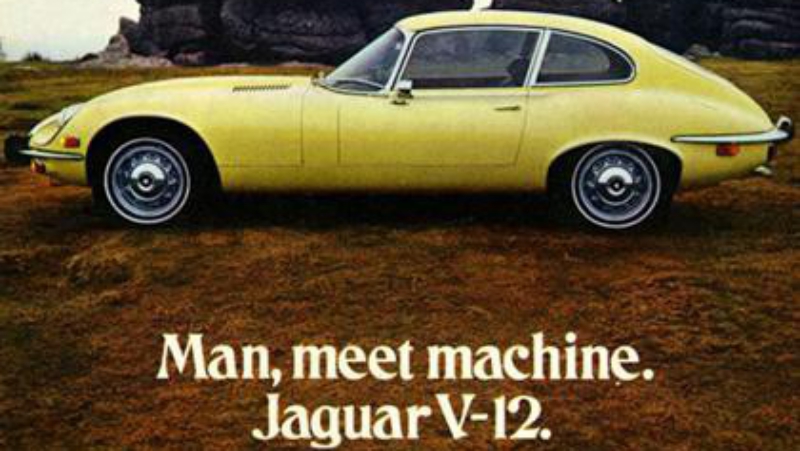
Soon automakers began to use bigger, more complicated engines as a sign of prestige and performance. Two-cylinders were for a bygone era, four-cylinder engines were for misers. People wanted straight-sixes and V8s. Bigger was better. And for decades, it was good.
The scandal that changed history

Poetically, the Fiat TwinAir could only have been the product of similarly miserly times. Developed in response to the 2000s Commodity Boom and the impending emissions regulations, the tiny engine was the personification of the downsizing trend that swept the industry.
However, like any trend, circumstances have a way of correcting or changing its course. And that trend came to a head with the single most influential automotive controversy of the 21st century, the Volkswagen emissions scandal.

Back when the TwinAir made its debut in 2010, nobody could have foreseen the scale of the emissions scandal that was about to erupt half a decade later. Automakers were confident that downsizing and diesel would be the way forward and that electric cars would remain a curiosity.
Then the discovery of Volkswagen’s emissions control systems in 2015 proved how easy it was to game the system. Soon many regulators became suspicious that many other automakers had cottoned onto the exploit. Accusations were made, litigations were carried out, and the whole industry found itself walking on eggshells.
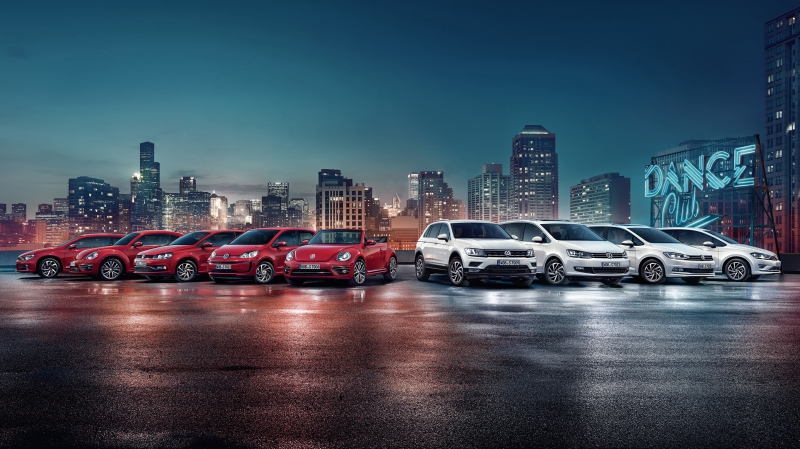
It was clear that smaller engines were not delivering on the expected fuel efficiency targets that ongoing policy was demanding. With the path forged in downsized engines and no chance of backtracking on emission barriers, it was clear that automakers were on the back foot.
So, what would be the ideal solution? A hard reset and an about-turn.
Heading for an electric future
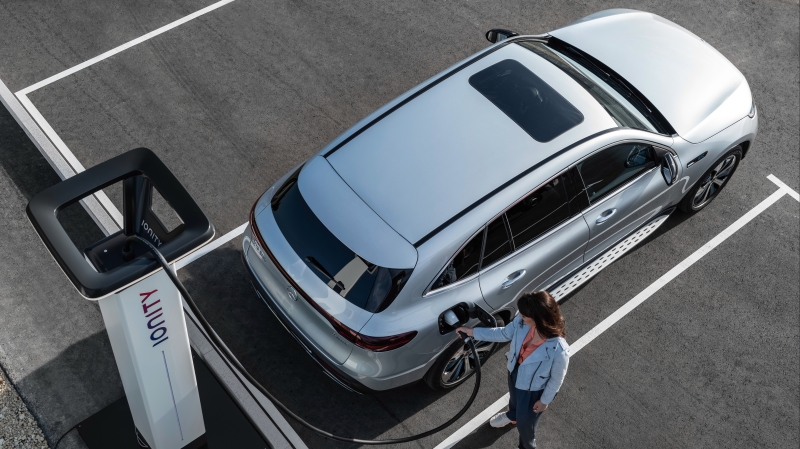
Many automakers opted to move away from powertrains that are likely to be affected by changes in emissions policy. Volkswagen declared a total shift towards electric vehicles. BMW and Mercedes-Benz, also lightly burnt by the scandal, committed themselves to electric powertrains. Seeing the influence of Tesla and its rising popularity, other automakers followed suit.
It seems unlikely that automakers would want to continue down the path of downsizing. The three-cylinder engine itself is efficient, compact, and refined enough. Furthermore, it doesn’t need complicated engineering solutions like those used in the TwinAir to improve power and efficiency.

More importantly, the three-cylinder engine has the power and refinement for use in a broader selection of models, not just compact city cars and SUVs. This flexibility would be a huge point of consideration for automakers as it seeks to consolidate its parts utilisation.
It is becoming self-evident that as automakers pivot themselves towards electric powertrains, engine development would steadily take a back seat. With battery-electric powertrains free of refinement or torque delivery issues, it seems less likely that automakers would want to commit to the inherently compromised design of a two-cylinder engine.
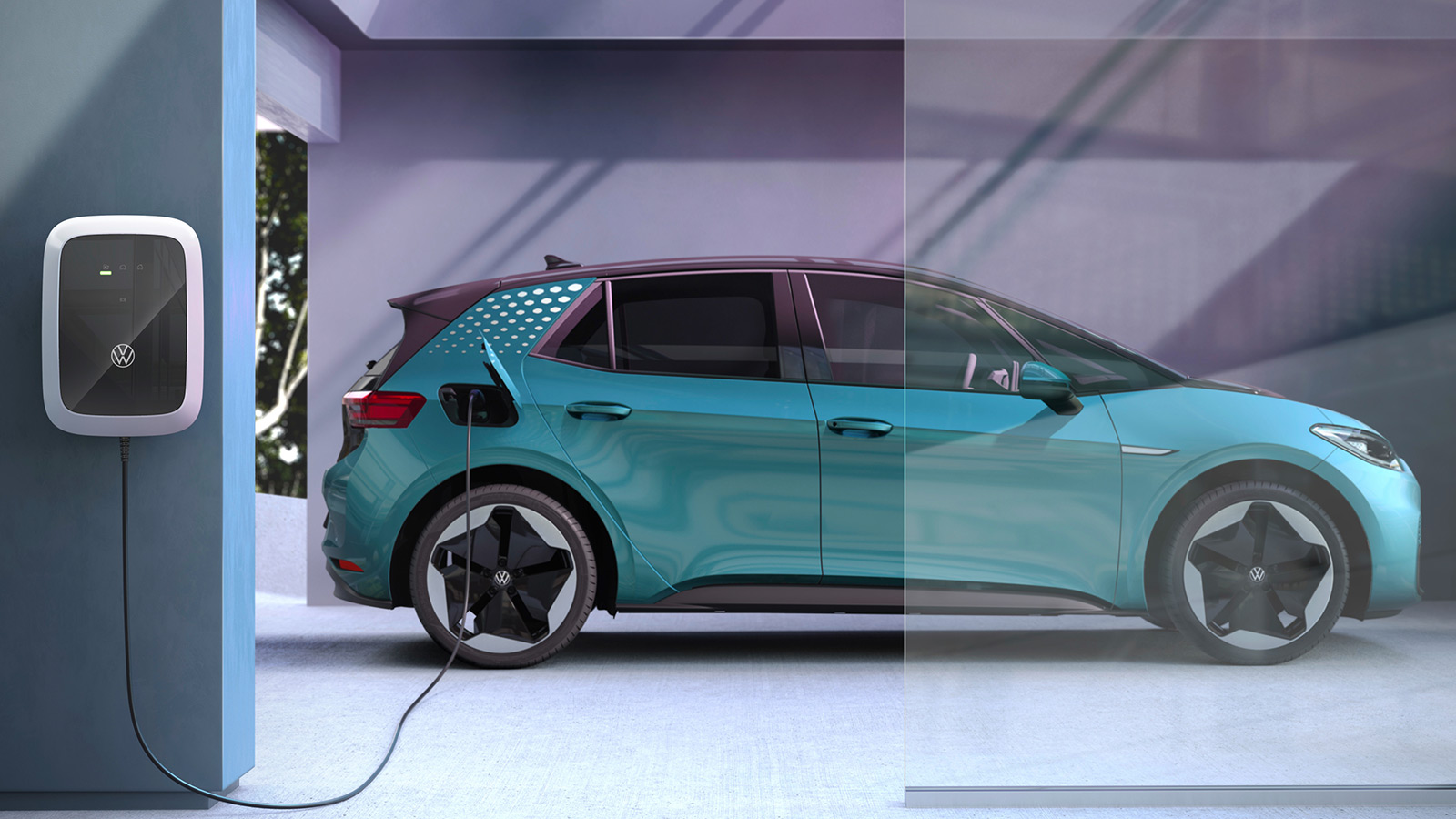
All this leaves the three-cylinder engine as the likely endpoint of the engine downsizing trend. It might even be the very end of the traditional internal combustion engine’s role as the primary power source. So, there you have it, the single greatest reason to get the Toyota GR Yaris. Likely, future engines will not get better than this. But what a way to bow out.

